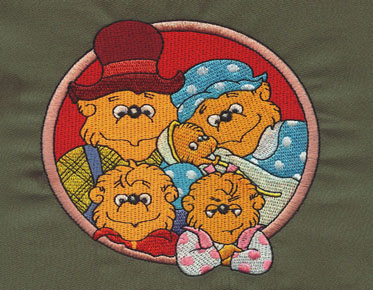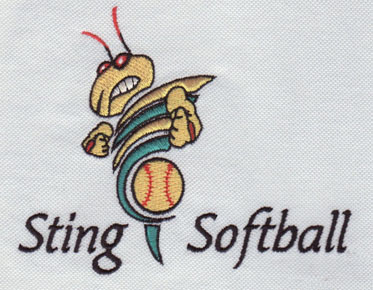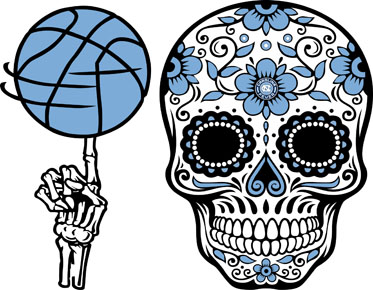How to Choose A Company for Digitizing and Embroidering Your Logo
It
is becoming increasingly important to have high quality embroidery on your
promotional branded clothing. Embroidery products are more durable than other
prints, because even after many years of washing, the raised marks will not
fade. For all these reasons and more, you are ready to digitize your logo.
Here's what you need to know about embroidery digitizing the logo or image.
Just as every digital art program requires a specific format to read and open files, so does embroidery art. Note that saving your work as a JPEG or PNG is not the same as digitizing it for embroidery.
The digitization process converts your current logo or image into a digital code that the embroidery machine can understand. First, check your artwork to determine the exact specifications. Then, create an outline of the file that takes into account the path needed to stitch the hour hands. Embroidery machines use techniques designed for precision. Using digital files, the embroidery machine can sew exactly where it is entered on the garment.
Once your piece is in a seat-ready format, we can estimate how many stitches it will take to copy your logo onto the garment. It may take more stitches than you think to recreate your logo or even accurately reproduce your image.
Design
elements such as complexity, number of colors, size and placement of embroidery
on the garment were also taken into account. The more complex and detailed the
image, the higher the pin count. Each logo size that you wish to embroider will
need to be digitized.
The
actual embroidery process uses digital images to sew one color at a time,
following a specified path. When a color is complete, another thread is loaded.
Repeat the process until the entire artwork is duplicated. Although digital
technology ensures accurate reproduction, manual work is still necessary. After
the embroidery is finished, it is washed and loose or excess thread is cut by
hand before it is finally finished. There is a real science and art to creating
a high quality complete look.



